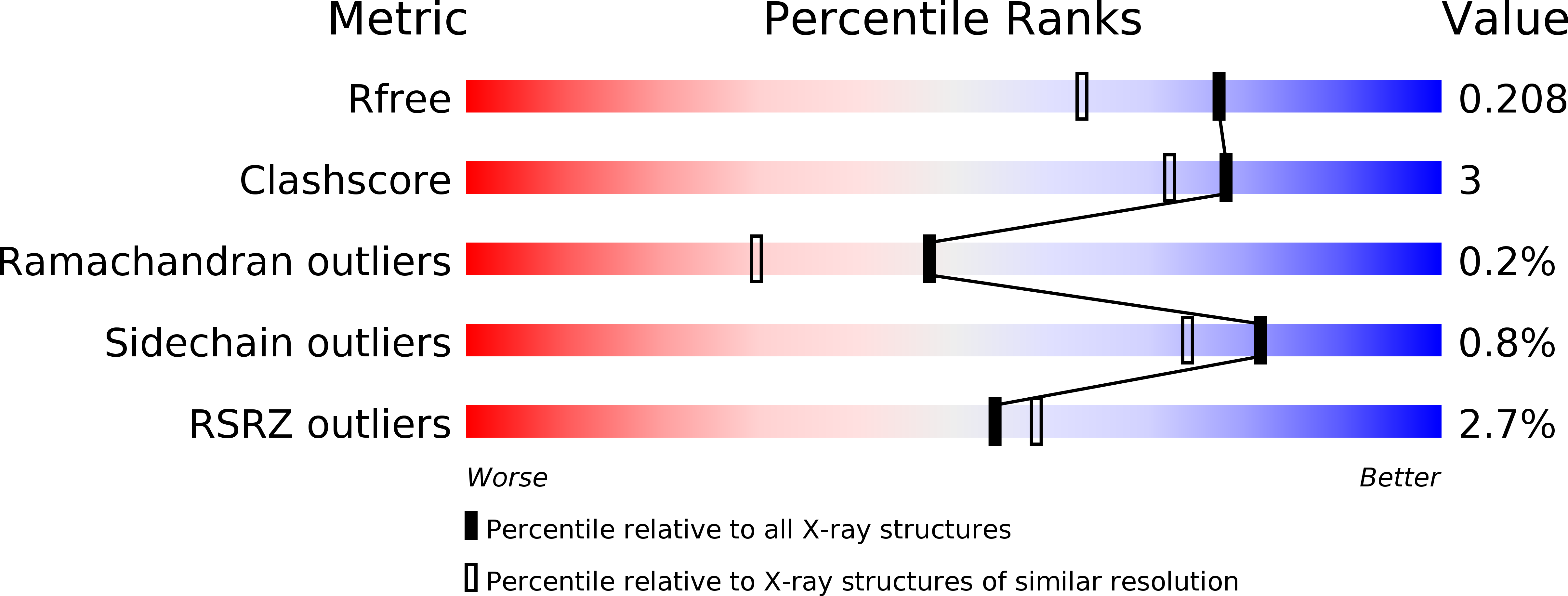
Deposition Date
2012-08-31
Release Date
2013-02-13
Last Version Date
2023-12-20
Method Details:
Experimental Method:
Resolution:
1.70 Å
R-Value Free:
0.20
R-Value Work:
0.17
R-Value Observed:
0.17
Space Group:
P 41 21 2


